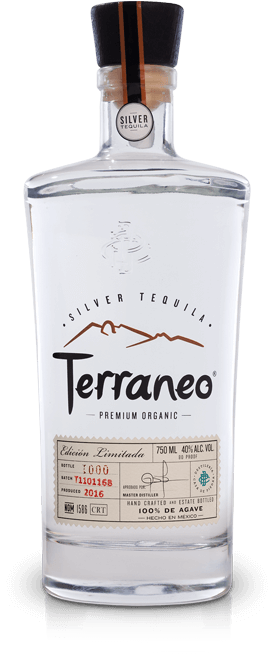The Agave Tequilana Weber is a plant composed of long, narrow, rigid, and blue leaves, characteristics that showcase its unique beauty.
Because of these unique traits, agave is the product used to make the nectar of one of Mexico’s greatest cultural representatives: tequila, a national pride and symbol.
In the Mexican field it is possible to find an ample variety of agaves, but only one being ideal for the production of the tequila: Tequilana Weber blue variety. The name derives from the German botanist Franz Weber who classified this agave in 1902.
While it is true that the Mexican countryside is composed of numerous fields of agaves, it is also true that the agaves located in the western side of the country, specifically in Jalisco, are known to represent the natural, historic, and cultural connections with the origin of tequila.
Published in 1974 in the Official Journal of the Federation, the General Declaration of Protection of the Tequila Designation of Origin establishes that for tequila to be recognized as such, it must be produced in Mexico, in the tequilera region; delimitation that covers all of Jalisco’s municipalities.
In the most defined manner, the guidelines established in the Tequila Designation of Origin specify 181 municipalities that are permitted to produce tequila, including all 125 of Jalisco, as well as 30 of Michoacán, 11 of Tamaulipas, 8 of Nayarit, and 7 of Guanajuato.
Part of that dominion Jalisco has over the other regions is a result of two factors: the geographic and the climate conditions. With a subtropical semi-arid climate –composed of dry and mild springs and winters–, an arid soil rich in minerals with an altitude of 1200 to 2000 meters above sea level, Jalisco possesses the ideal environment for the optimal development of the blue agave.
Patrimony and regulation
Located between the bottom of the Volcán de Tequila, Jalisco, and the Rio Grande canyon in Santiago, the agave landscape extends for about 34 thousand 658 hectares; a zone declared World Heritage by UNESCO, a distinction that includes the blue agave landscapes, urban spaces, and the old industrial tequila factories.
On the other hand, with the purpose of promoting and preserving the culture and quality of the tequila, in 1994 the Tequila Regulatory Council (CRT) was officially formed, an association that unites actors and members active in the industry linked to the sector.

